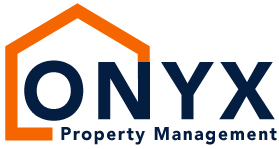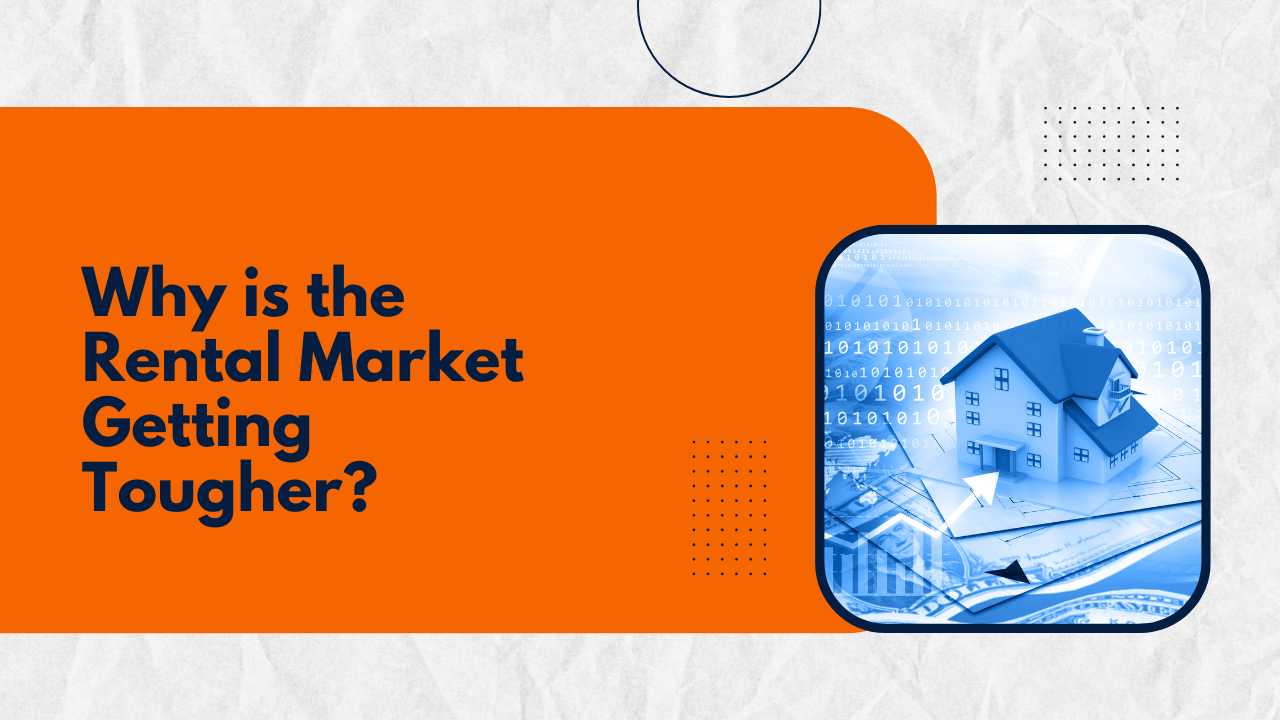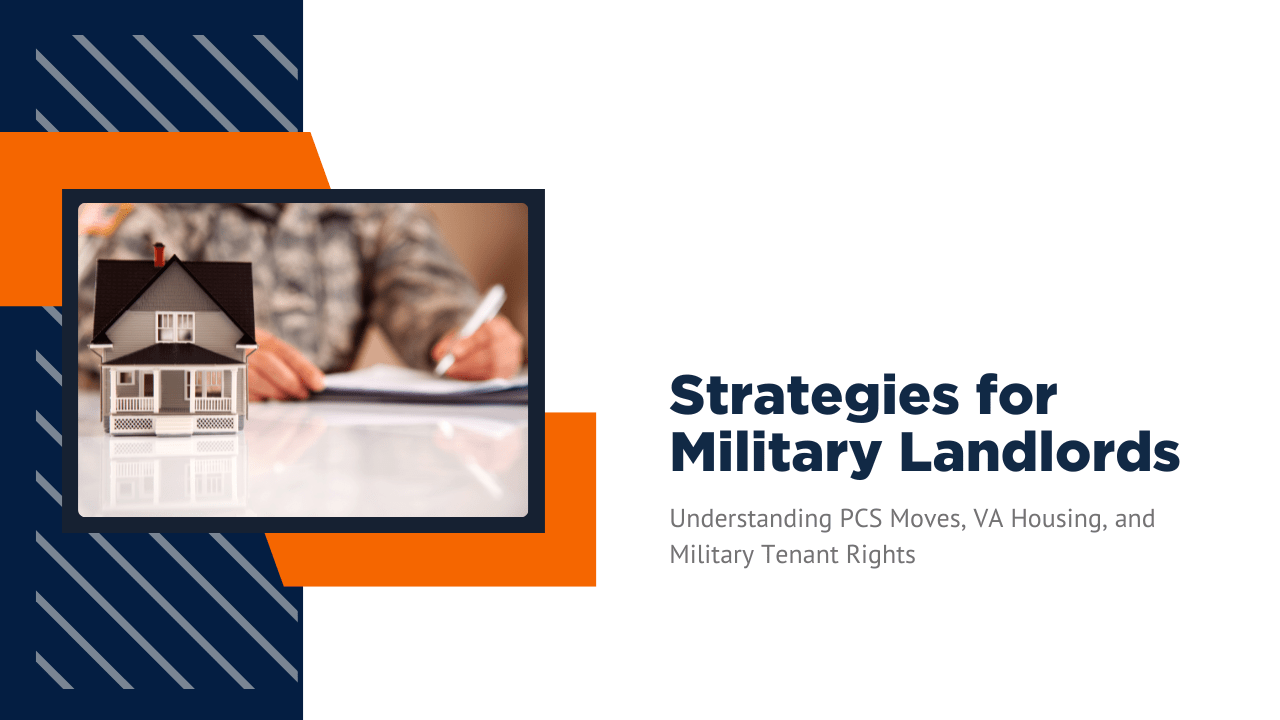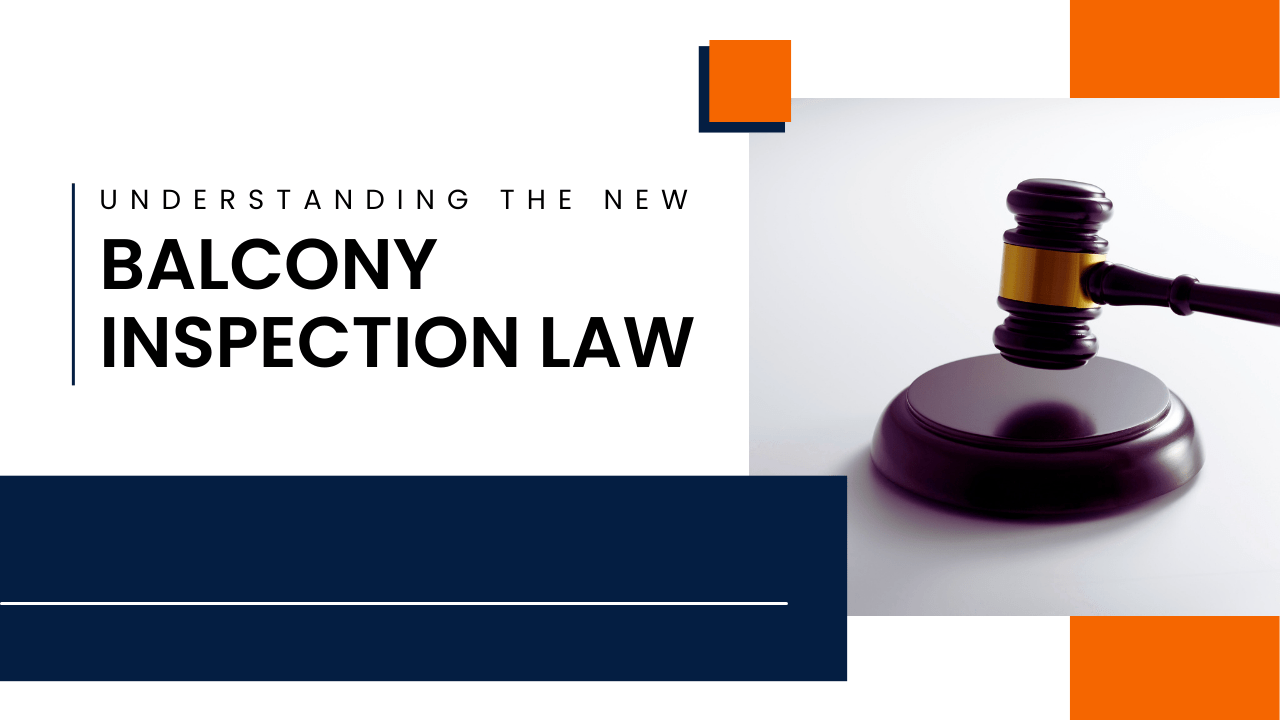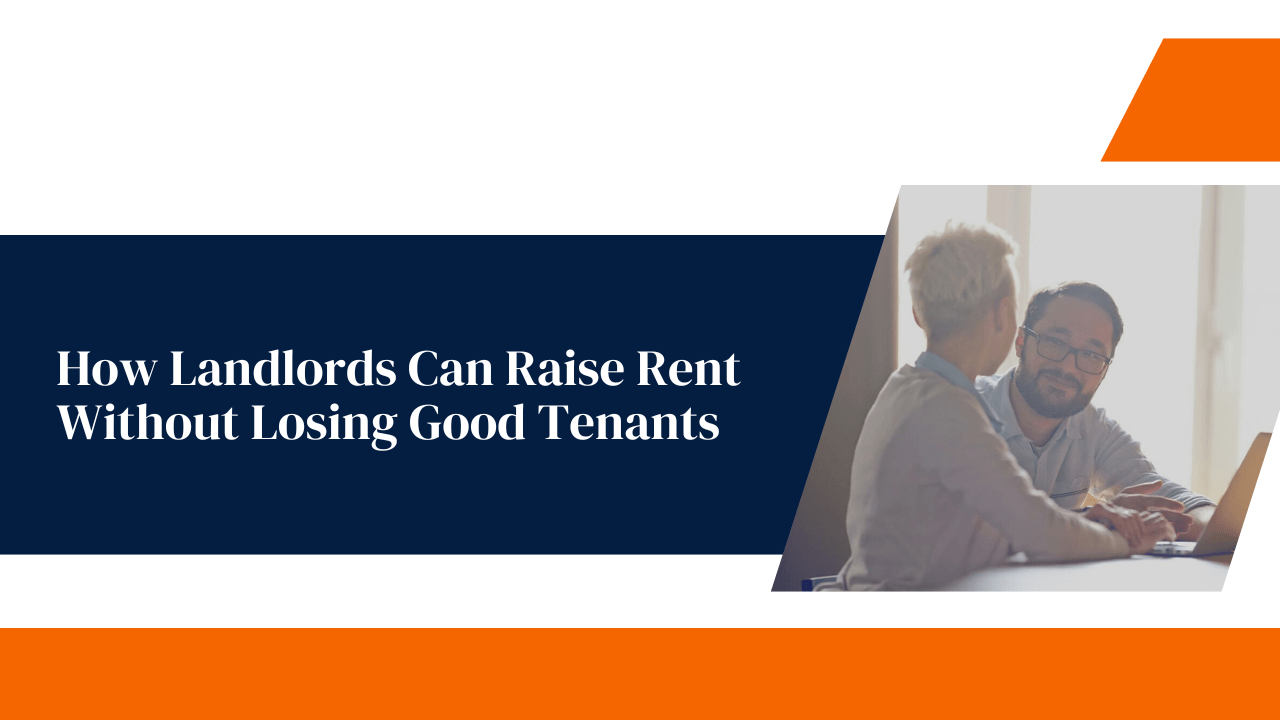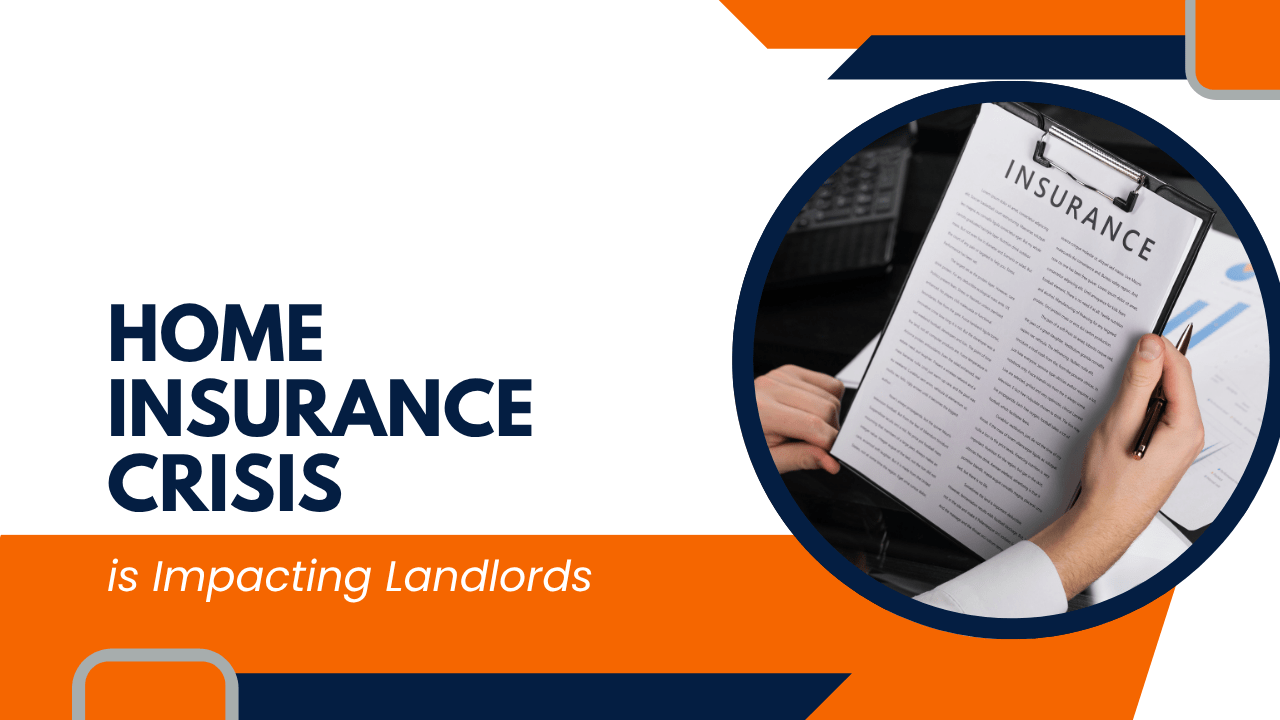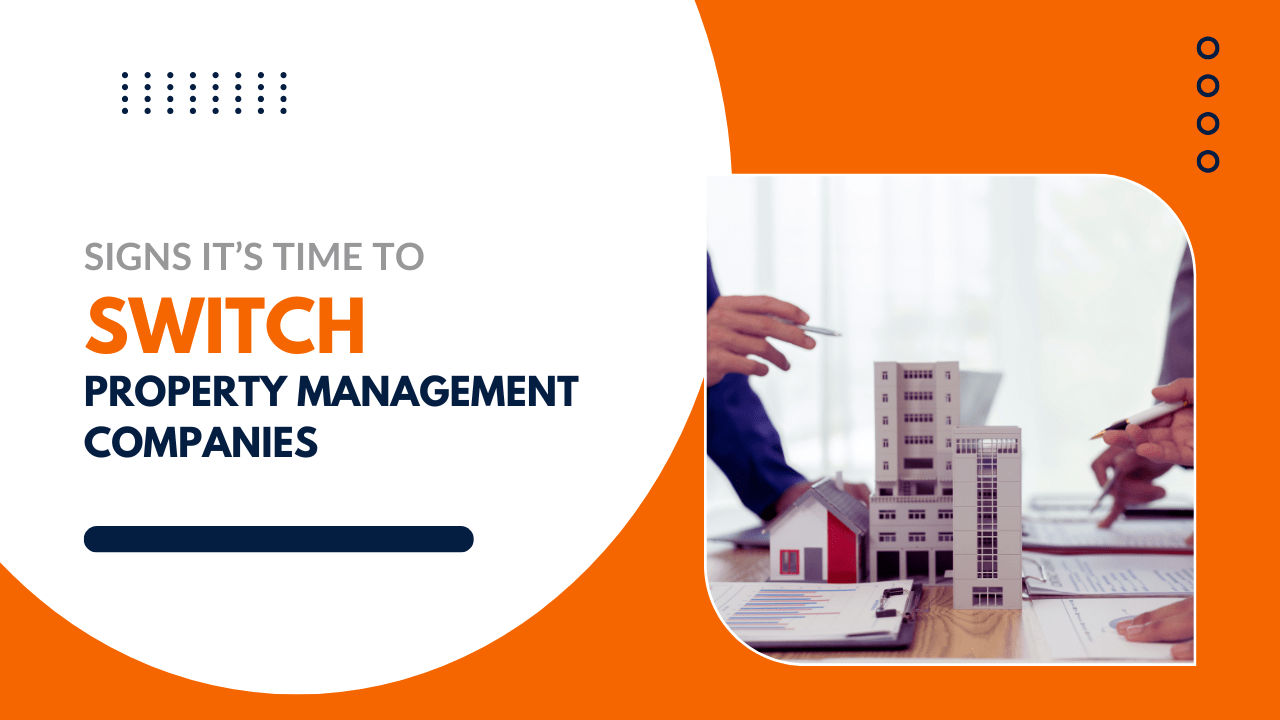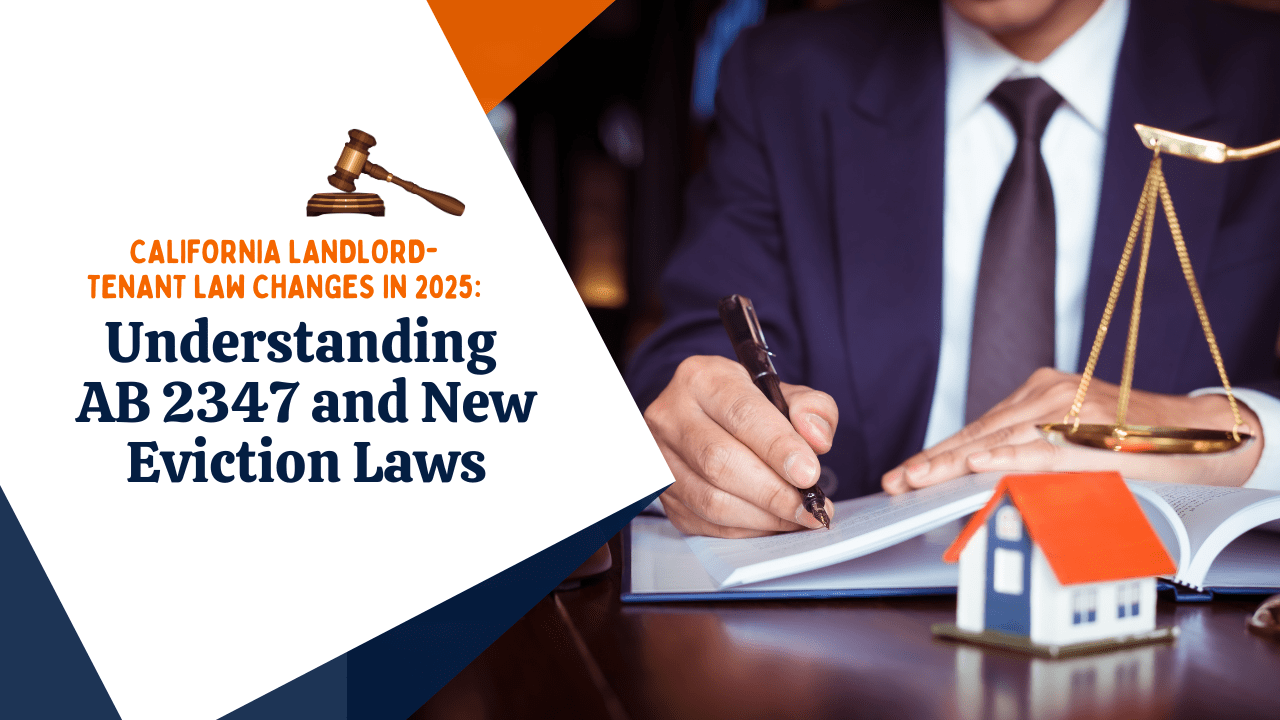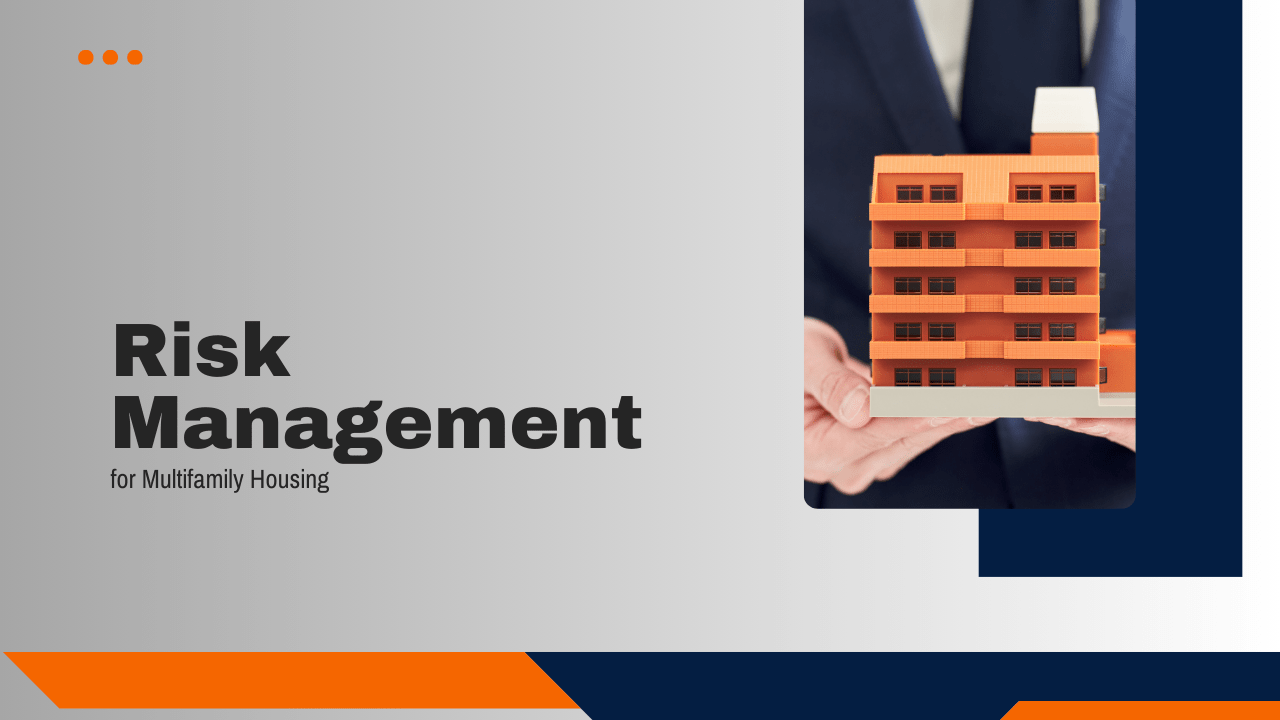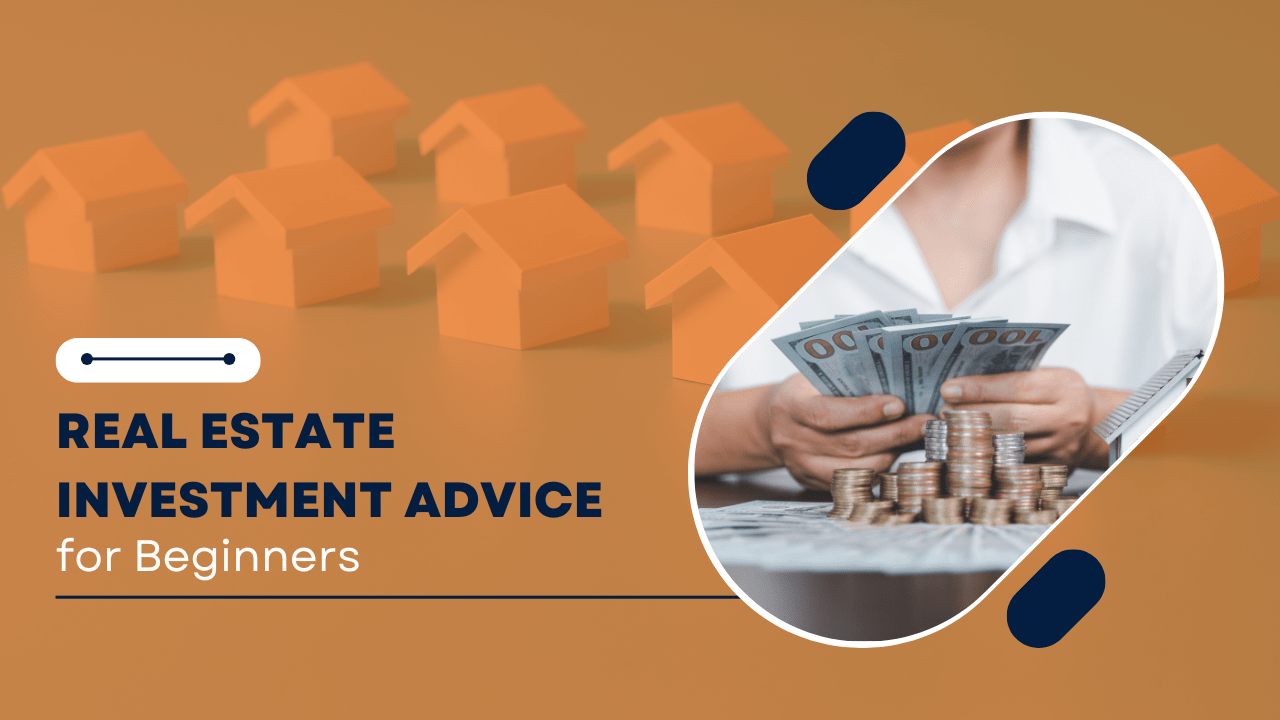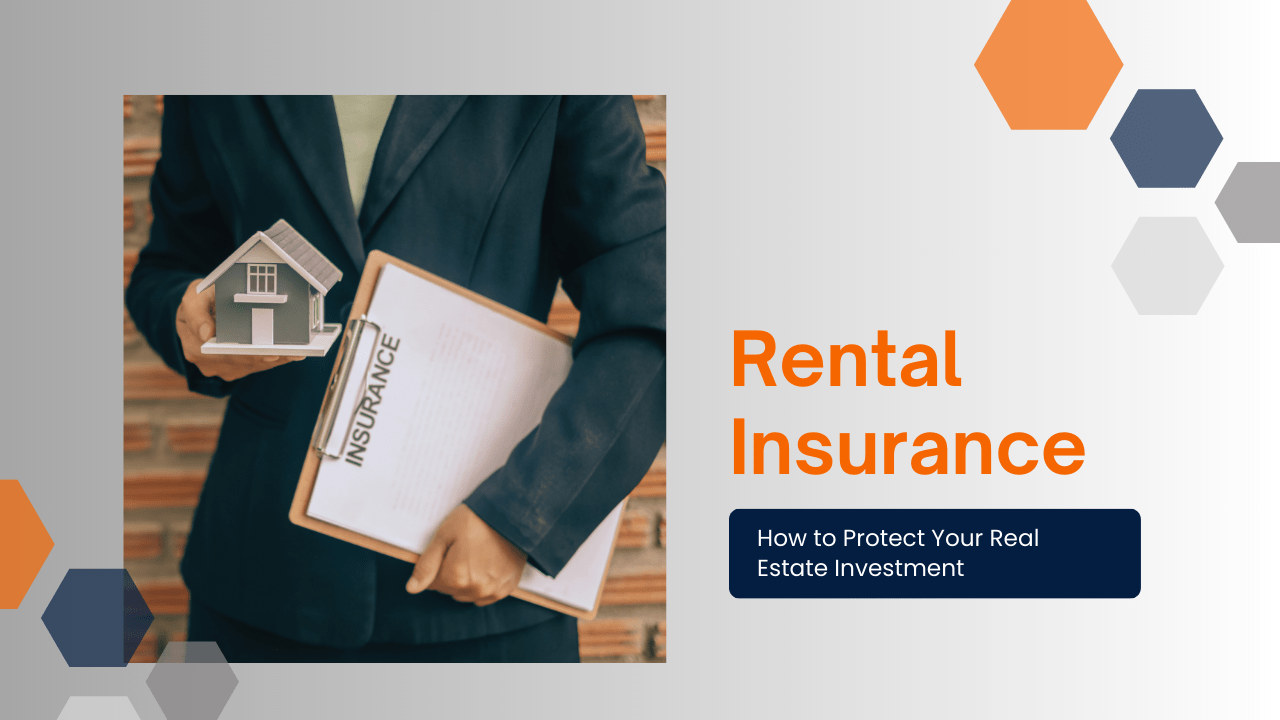Worried that rental inspections are too time-consuming, and potentially invasive to your tenant’s privacy?
They don’t have to be.
As
La Jolla property management experts, we’re a big fan of rental inspections and even maintenance walk-throughs when a tenant is occupying your property. That’s because they
protect your investment and they save you money.
Move-In Inspections: Establishing a Baseline
The move-in inspection is arguably the most important one you’ll conduct as a landlord. It serves as the benchmark for the property’s condition at the start of the tenancy, helping you avoid disputes about damage later on.
Why It Matters:
A thorough move-in inspection creates a detailed record of the property’s condition, down to scuffs on baseboards and the condition of appliances. This creates all the documentation you’ll need to begin the lease period. The inspection also provides legal protection. Should you need to withhold any portion of the
security deposit at move-out, your move-in documentation will be key in justifying the deductions.
Move-in inspections can also ensure tenant accountability during the lease term. When tenants know you’ve documented everything at move-in, they’re more likely to take care of the property. They’ll have the opportunity to make their own notes and observations on the move-in condition report, establishing accountability for you as the property owner as well.
Best practices for move-in inspections include:
- Use a Checklist. Include all rooms, appliances, windows, fixtures, flooring, and even the yard.
- Take Photos or Video. Visual evidence is harder to dispute and invaluable if disagreements arise.
- Provide the Inspection Report to the Tenant. Review the checklist together and have both parties sign off to acknowledge agreement on the property’s condition.
Mid-Tenancy Inspections: Catching Issues Early
Inspections during a tenancy can be tricky, but they are vital. They allow
property owners and managers
to catch deferred maintenance, unauthorized occupants or pets, and lease violations early and before they escalate.
We focus on preventative maintenance when we walk through the property for a smoke detector inspection during the tenancy. Tenants may not notice or report issues like slow leaks, pest problems, or failing HVAC systems. Mid-tenancy checks give you a chance to spot them.
This is also a good opportunity to confirm the tenant is following key lease terms, such as no smoking, no subleasing, or proper care of the yard. In a high-value market like La Jolla, allowing unchecked damage, even if it’s minor, can significantly reduce your property’s value over time.
We always caution landlords to proceed with caution. Inspecting while tenants are living in the property, it can be sensitive. While
California law
allows landlords to enter with proper notice (typically 24 hours in writing), these inspections should be respectful, non-intrusive, and clearly focused on maintenance and property care. Not micromanagement.
Our tips for mid-tenancy inspections:
- Schedule Biannually or Annually. More frequent visits may feel invasive, while longer gaps increase risk. Showing up once a year should be adequate. If the tenant has a history of lease violations and not reporting maintenance needs, however, twice a year might be better.
- Give Ample Notice. Always provide written notice and explain the purpose of the visit.
- Keep It Professional. Be friendly but focus on the condition of the property rather than personal judgments about how the tenant lives.
- Document Your Findings. Like the move-in inspection, take notes and photos for your records.
Move-Out Inspections: Closing the Loop
When a tenant vacates, the move-out inspection determines the condition of the property compared to the move-in baseline. It’s essential for fairly handling the security deposit and preparing the unit for a new tenant.
Remember that California law requires owners to offer tenants a pre-move out inspection before they vacate the property. This is an opportunity to walk through the property with your departing tenant, pointing out any potential security deposit deductions.
The move-out inspection is important because it identifies what constitutes normal wear and tear versus tenant-caused damage. It also helps to make decisions about the security deposit. You can’t withhold security deposits without documented justification. A move-out inspection paired with your move-in records is your evidence. New laws require you to produce photos, and if you’re on point with your inspections, you’ll have them.
This inspection also helps with turnover planning. Knowing what repairs or updates are needed helps you prepare the unit for re-rental quickly.
Common Issues La Jolla Landlords Should Watch For
Given the coastal climate and high-end nature of La Jolla homes, here are some specific areas to inspect closely:
- Moisture and Mold. Salt air and fog can cause excess humidity. Check windows, bathrooms, and under sinks.
- Luxury Finishes. Hardwood floors, granite counters, and high-end appliances require proper care. Watch for misuse or neglect.
- Landscaping. With La Jolla’s outdoor lifestyle, patios and gardens are key. Ensure they’re being maintained per the lease.
- Pest Activity. Even upscale homes can suffer from termites or rodents if issues go unaddressed.
Property inspections are a
powerful investment tool for property owners in a high-value market like La Jolla. Small issues left unchecked can turn into big expenses. That’s more easily avoided when the property is being routinely inspected.
These inspections will also ensure that your La Jolla tenants know you care about the property, which can lead to
better communication, timely
rent payments, and longer tenancies. Responsible tenants tend to stay longer when they feel the landlord is attentive but respectful. This provides an opportunity to establish yourself as that sort of rental property owner.
Remember: The goal with these inspections is never to make a nuisance of yourself or to catch your tenant doing something wrong. We schedule an inspection in order to work proactively and ensure your rental continues to be a safe, well-maintained, and valuable part of your portfolio.
